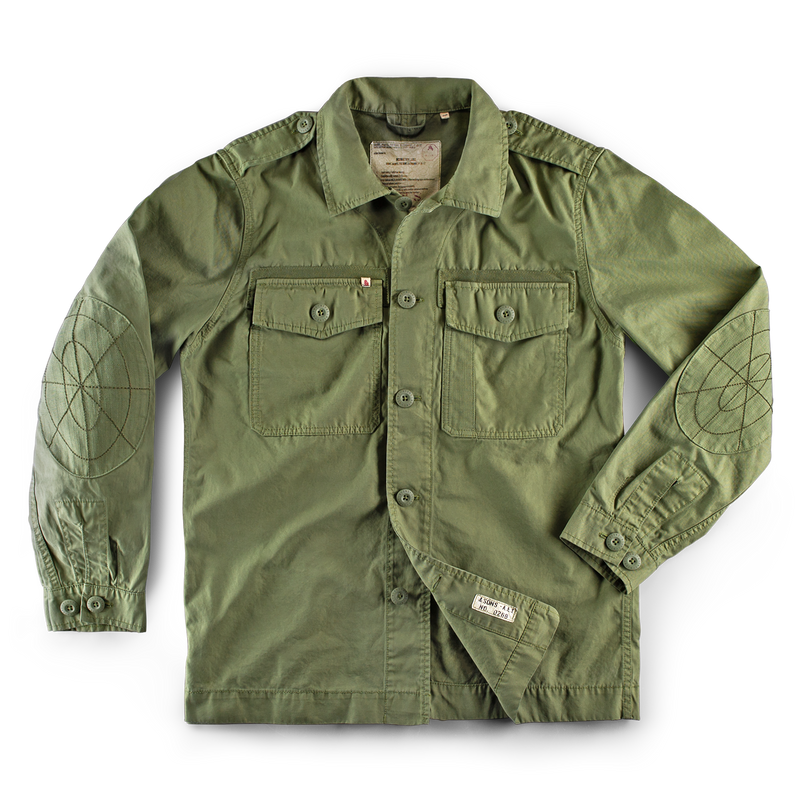Style through time
The military shirt, often referred to as the utility shirt or fatigue shirt, has a rich history deeply intertwined with the armed forces. Its origins can be traced back to the mid-20th century, finding prominence during World War II. The design was driven by the need for practical, durable, and comfortable clothing for soldiers engaged in various theatres of war.
World War II (1939-1945):
• The military shirt, as we recognize it today, gained prominence during World War II. The need for practical and durable clothing for soldiers on the front lines led to the design of utility shirts.
• Standard features included button-up fronts, chest pockets, and epaulettes. The shirts were made from sturdy fabrics like cotton twill or ripstop to withstand the demands of warfare.
Post-War Era (1945-1950s):
• Surplus military clothing, including utility shirts, became readily available after World War II. Many civilians, especially those in the emerging counterculture movements, adopted these garments for their durability and functional design.
• The shirts began to influence fashion, with designers incorporating military-inspired elements into civilian clothing.
Korean War (1950-1953) and Cold War Era:
• Military shirts continued to evolve with the Korean War. Camouflage patterns became more prevalent as an effort to enhance soldiers' concealment in various terrains.
Vietnam War (1955-1975):
• The Vietnam War saw further adaptations to military shirt designs. Soldiers in tropical climates often wore short-sleeved versions, emphasizing the adaptability of these garments.
• Counterculture and Protest Movements (1960s):
• The 1960s witnessed the widespread adoption of military shirts by counterculture movements and anti-war protesters. The shirts became symbols of resistance and a connection to the struggles of the time.
Fashion Industry (1970s Onward):
• The influence of military shirts on fashion persisted into the 1970s and beyond. Designers continued to incorporate military-inspired elements into their collections.
• Contemporary styles often reinterpret classic military features, keeping the shirts relevant in modern fashion.



















































